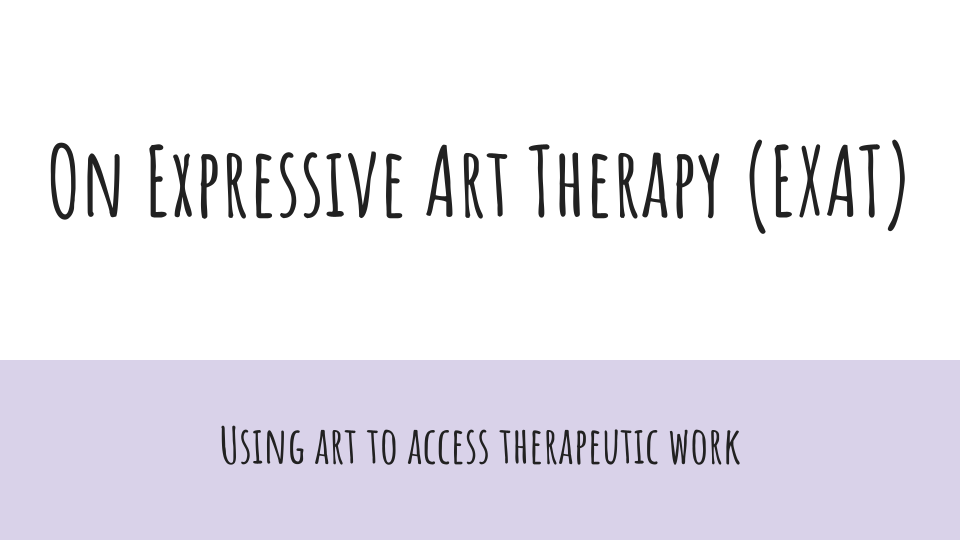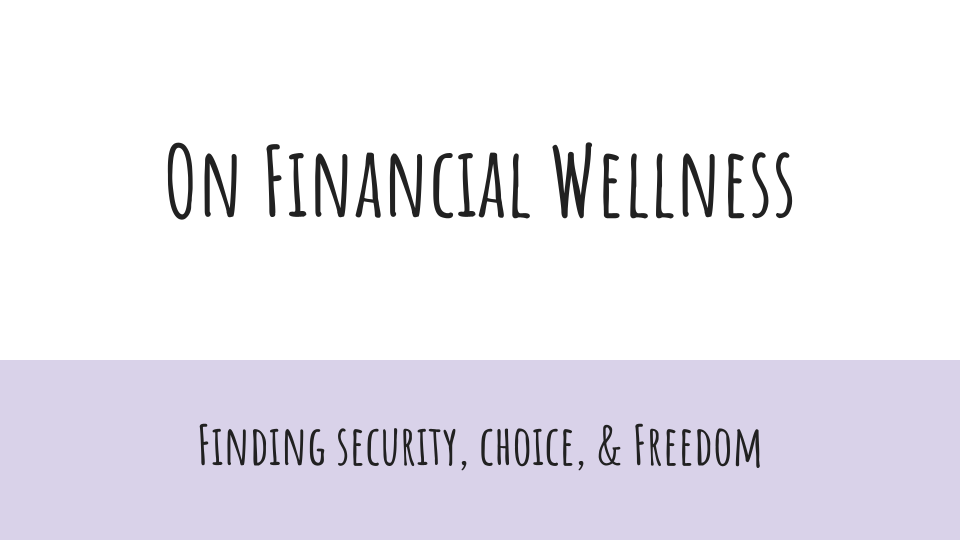On Communication
Communication involves a speaker and listener. This can be some combination of a person, group, or place. Effective Communication is where the intended message is transferred by the speaker and understood by the listener. Both the person speaking and the listener must assign similar meanings to the message in order for it to be an effective communication. When done properly, the speaker will feel heard and understood (even if the listener disagrees with the message). And remember - communication is more than just words! Your body language is very important with all communication as well.
Learn more about Communication tools, techniques, and tricks below
More about Communication
Effective Communication can be defined as:
Communication where the intended message is transferred by the speaker and understood by the listener.
Where the speaker and the listener assign similar meanings to the message.
When the speaker feels heard and understood (even if the listener disagrees with the message).
But here is the thing about communication: we are not taught how to be effective communicators. I view it as one of the great flaws of our education system, and I applaud you for wanting to learn more about effective ways to communicate with others. My approach to this work is relatively simple, founded upon four basic tenants.
Use ‘I-Focused’ Language
TONE, TACT, & TIMING
Attune to the underlying emotions of a behavior
Manage your own emotions
Let’s break these down.
Use ‘I-Focused’ Language:
It’s as simple as it sounds, and so hard to do in person. We are taught to point out the flaws in others, without acknowledging our own emotional experience. Notice the difference between “You never take out the trash!” to “I feel frustrated when I have taken the garbage out the past three weeks.” By keeping the focus on yourself, you are owning the only thing that you can own: YOURSELF. This is one of my basic philosophies as a counselor – the only thing you can control in this life is yourself: how you choose to show up and manage your emotions. I-Focused language keeps the scope within your own emotional experience.
Tone, Tact, & Timing:
Tone: Tone is simple. The ways in which you modulate your voice. This is instinctive and, when your emotional capacity cup is overflowing, very hard to pull off. The difference between ‘LISTEN TO ME!’ and “I’m concerned you aren’t hearing what I’m saying” is tremendous. Poor tone is one of the quickest ways to set someone in a defensive position.
Tact: Words matter. How you phrase something can be the difference between being heard and being thought of as a jerk. Let’s go back to the trash example. “You never take out the trash!” versus “I feel frustrated when I have taken the garbage out the past three weeks.” Framing and phrasing, paired with I-Focused language, can help someone feel at ease and open to feedback.
Timing: this relates to tenants 3 & 4 – noticing your own emotional capacity and paying attention to someone else’s. When you are highly stressed, your emotional capacity cup (see the Emotional Management Chapter) is mostly full, and your ability to think clearly is limited. Same with your partner. A simple request during a high-stress moment may not be heard. So knowing WHEN to have a conversation is just as important as HOW. A useful tip is to say something like ‘This conversation is important to me, but right now is not the time. I’d like to take 15 minutes to practice some breathwork and then come back to the conversation.’
Attune to Underlying Emotions:
Attunement is recognizing the emotions beneath the behavior. Someone’s behaviors may be challenging to be in relationship with. I’ve spent a lot of my career working with families whose children behave in ways that are extremely destructive to the relationship (and the parent’s responses are often just as destructive). It’s important to remember that your partner, your parents, and your children are not their actions. And that beneath every behavior is an mix of underlying emotions. You do not have to approve of the behavior, but recognizing and naming someone’s frustration when they throw their phone across the room can be key in deescalating a conflict and lowering the level in their emotional cup.
Manage Your Own Emotions:
If you cannot manage your own emotions, you cannot be in relationship with others. Knowing when your emotional cup is running high is just as important as recognizing the level in someone else’s cup. Because the quickest way to create behavioral change is to role-model the behaviors yourself, it can be highly effective to share “I’m feeling frustrated right now, I need to step away for five minutes and practice my calming skills before coming back to this conversation.” By preventing a ‘blow-up,’ you are saving hours of repair work, and weeks mending the foundation of the relationship.
Communication Suggested Activities
Take time this week to consider the following activities related to exploring your Communication Styles. There are several different options for you to explore, in case one modality works better for you. Please note that your Conversation Prompts can also make great Journal Topics.
Journal Topics
Take a birds-eye view of how you are as a communicator - what would you write about yourself?
What patterns of communication did you witness in your family of origin? How are those patterns showing up in your current life? What would you like to shift?
How do you role model communication in your current family / friends?
What style of communicator are you when emotions are low? Assertive, Aggressive, Passive? What about when emotions are high (ie - cup is threatening to spill over)? What do you typically say when your cup has spilled over?
How do you ‘get control’ or ‘maintain control’ of the situation through your communication? Is this in alignment with your values?
Because communication is more than just words, what does your body language communicate to others when emotions are high? How can you become more aware of this?
What are some ways in which you could work towards more I-Focused communication?
How do you feel you do with TONE, TACT, & TIMING when you are calm? Angry? Are there people in your life who you struggle with the 3Ts more? Partner, parents, kids? Why do you think that is?
What is your understanding of ‘attunement,’ and how can you focus on attuning to emotions rather than the behaviors?
In a perfect world, how would you want to communicate even when you are feeling frustrated and upset?
Conversation Prompts
With your partner or close friend, ask how you typically communicate with them? When have there been times that you have struggled to communicate? What happened between you two? What would you like to shift in the future? How can you hold each other accountable to the four pillars of communication?
With your children, discuss communication in the household. See if there is a household culture everyone can create together.
Experiential & Artistic Activities
Check out the following links to explore Communication Activities with yourself and others.
Allow yourself the time and space to create two pieces of art - one that represents how you communicate when you are emotionally calm, and one that expresses how you communicate when you are emotionally escalated. Notice the difference between the two, not only with the ‘finished product,’ but also when you are creating the pieces.
Additional Resources Related to Communication
Documents Effective Communication
Videos on Effective Communication
Books on Effective Communication
Healing Emotions, by the Dali Lama & Daniel Goleman
The Parallel Process, by Krissy Pozatek
Nonviolent Communication, by Rosenberg & Chopra
Parenting from the Inside Out, by Siegel & Hartzell
Communication Skills for Teens, by Skeen & McKay
Other Chapters in THOUGHTS/EMOTIONS/BELIEFS
Check out the Rest of the Classroom!
References
Chen, H., Liu, C., Cao, X., Hong, B., Huang, D.-H., Liu, C.-Y., & Chiou, W.-K. (2021). Effects of Loving-Kindness Meditation on Doctors’ Mindfulness, Empathy, and Communication Skills. International Journal of Environmental Research and Public Health, 18(8). https://doi-org.proxy006.nclive.org/10.3390/ijerph18084033
Deane, F. P., Ciarrochi, J., & Blackledge, J. T. (2009). Acceptance and Commitment Therapy : Contemporary Theory Research and Practice. Australian Academic Press.
Ellis, R. (2003). Communication skills. [electronic resource] : stepladders to success for the professional ([Pbk. ed.]). Intellect.
Goleman, D. (2003). Healing emotions : conversations with the Dalai Lama on mindfulness, emotions, and health. Shambhala.
Goubert, D.P. et al. (2020). Learning Acceptance and Commitment Therapy : The Essential Guide to the Process and Practice of Mindful Psychiatry: Vol. First edition. American Psychiatric Association Publishing.
Greene, J.O., Burleson, B.R. (2003). Handbook of Communication and Social Interaction Skills. Routledge.
Hulbert-Williams, N. J., Hulbert-Williams, L., Patterson, P., Suleman, S., & Howells, L. (2021). Acceptance and commitment therapy (ACT)-enhanced communication skills: development and evaluation of a novel training programme. BMJ SUPPORTIVE & PALLIATIVE CARE. https://doi-org.proxy006.nclive.org/10.1136/bmjspcare-2020-002786
Jones, S. M., & Hansen, W. (2015). The impact of mindfulness on supportive communication skills: Three exploratory studies. Mindfulness, 6(5), 1115–1128. https://doi-org.proxy006.nclive.org/10.1007/s12671-014-0362-7
Lev, A., McKay, M. (2017). Acceptance and Commitment Therapy for Couples : A Clinician’s Guide to Using Mindfulness, Values, and Schema Awareness to Rebuild Relationships. Context Press.
Manusov, V., & Huston, D. C. (2018). Mindfulness training in the communication classroom: Effects on communication competence, emotion regulation, and emotional intelligence. In D. Grimes, Q. Wang, & H. Lin (Eds.), Empirical studies of contemplative practices. (pp. 207–234). Nova Science Publishers.
Pozatek, K. (2011). The parallel process: Growing alongside your adolescent or young adult child in treatment. Lantern Books.
Pozatek, K., & Love, S. (2017). Brave Teaching : Bringing Emotional-resiliency Skills From the Wilderness to the Classroom. Lantern Books.
Rosenberg, M., Chopra, D. (2015). Nonviolent Communication: A Language of Life : Life-Changing Tools for Healthy Relationships: Vol. 3rd edition. PuddleDancer Press.
Siegel, D. J., & Hartzell, M. (2018). Parenting from the inside out: How a deeper self-understanding can help you raise children who thrive. Scribe Publications.
Skeen, M. (2016). Communication skills for teens : how to listen, express & connect for success. Instant Help Books.
Tact, Tone And Timing: The Power Of Apology. (2013). National Public Radio.
















